Staten Island Neighborhood Profile: New Dorp
See Homes For Sale in New Dorp
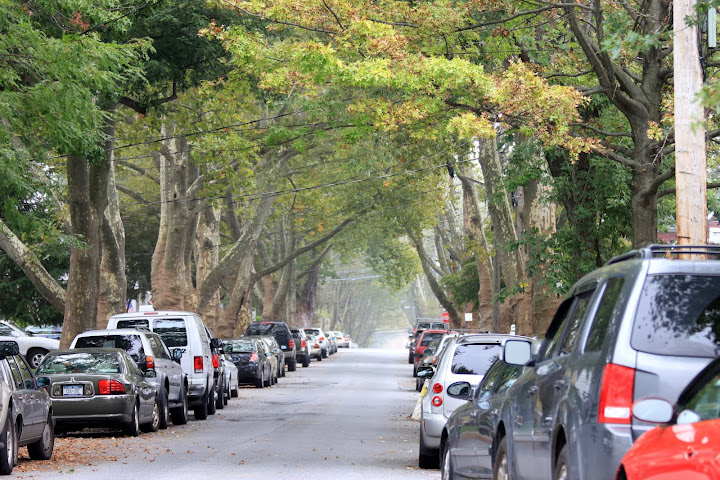 In 1661, the Dutch established their first settlement on Staten Island. Nearly ten years later, they expanded their settlement, naming the old settlement Oude Dorp and the new settlement Nieuwe Dorp. The Anglicization of the name of this neighborhood is, if you haven't guessed, New Dorp. New Dorp is on the South Shore of Staten Island, surrounded by Todt Hill, Grant City, Oakwood, and New Dorp Beach.
In 1661, the Dutch established their first settlement on Staten Island. Nearly ten years later, they expanded their settlement, naming the old settlement Oude Dorp and the new settlement Nieuwe Dorp. The Anglicization of the name of this neighborhood is, if you haven't guessed, New Dorp. New Dorp is on the South Shore of Staten Island, surrounded by Todt Hill, Grant City, Oakwood, and New Dorp Beach.
At the time of the creation of New Dorp, Obediah Holmes was granted 86 acres of land by Governor Edmund Andros from the Governor's Lot, by New Dorp Beach. Within a few years, Obadiah Holmes had built a cottage at the corner of New Dorp Lane and Cedar Grove Avenue. In 1695, the cottage was sold to Nathaniel Britton, whose family lived in the house until 1704, and again from 1895 until 1915. This cottage sat on the same plot of land until 1967 when it was donated to Historic Richmondtown.
In 1665, the Huguenots established the Rose and Crown Tavern in New Dorp on the King's Road, which is now Richmond Road. The tavern became famous over one century later during the American Revolution. General William Howe had set up his military headquarters for him and his thousands of British soldiers here on July 2, 1776. On 9 July of that same year, the Declaration of Independence was read to the British soldiers at this site, making it very well-known. The building was demolished in 1854; however, a tablet was posted on a boulder in 1921 to honor the legendary stay of General Howe and his troops.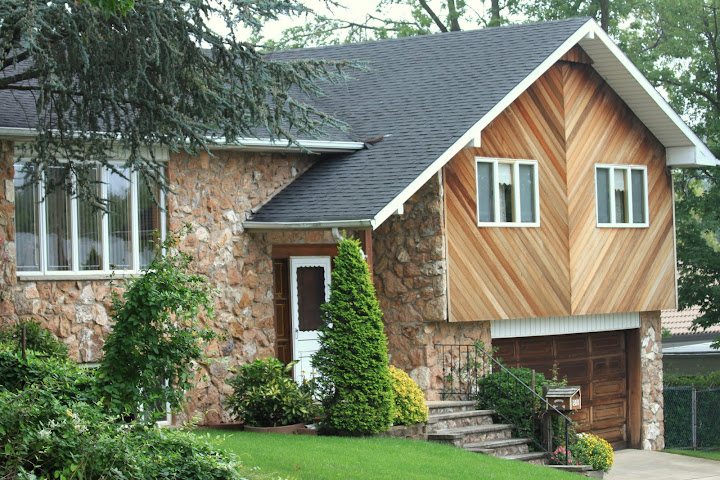
After the Revolution, the Rose and Crown Tavern had been used as a residence for the Parkinson family. In 1855, they sold the property to David R. Ryers, who immediately demolished the building. By 1856, he had another house built on the site in the Italianate architectural style. Throughout the next few decades, the twenty-one acre property had been sold to various owners in different portions, until the house finally came into the hands of a German-born confectioner who had immigrated to New York in 1864. This man, Gustave A. Mayer, purchased the house in 1889 and used it as his home and business. It was in the basement of this house that Mayer would make his famous Nabisco sugar wafers, as well as various other inventions. On March 21, 1989, several decades after his death, the house was designated by the Landmarks Preservation Commission. While it is still privately owned, the house has been restored over the years and is one of the few Italianate houses on Staten Island.
During the 1850s, New Dorp continued to be a farming village. Cornelius Vanderbilt, a renowned philanthropist from 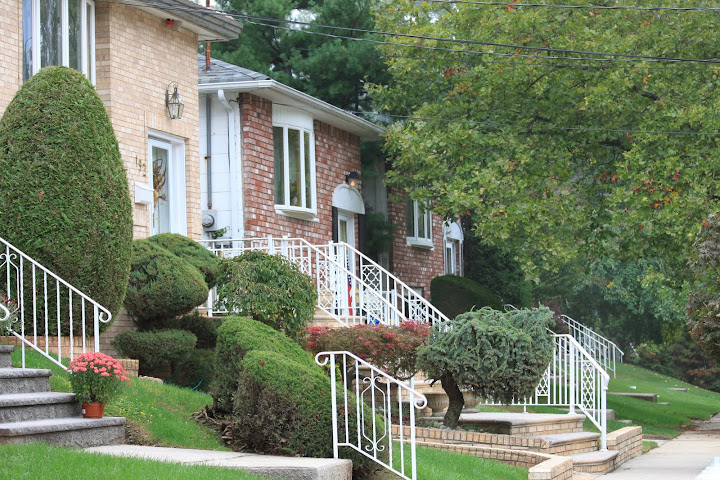 Staten Island, bought much land in the New Dorp area. His farmland stayed in the family until 1919, when it was sold to the federal government. It was then transformed into an airfield called Miller Field, to commemorate the first aviator to be killed during World War I.
Staten Island, bought much land in the New Dorp area. His farmland stayed in the family until 1919, when it was sold to the federal government. It was then transformed into an airfield called Miller Field, to commemorate the first aviator to be killed during World War I.
Miller Army Air Field was completed in 1921 with a concrete seaplane ramp, grass runways, hangars, housing for troops, and radio masts. Being the only Air Coast Defense Station on the east coast, the air field was used for decades. Once World War I had ended, the field began to be used for civilian aircrafts. During World War II, many additions were made to the Field. It was used again during the Cold War and during the 1960's, it served as a training camp for Green Beret units. By 1969, the field proved to be unnecessary and was not used again until 1974, when it was sold to the National Park Service. The National Park Service then transformed Miller Field into a park (pictured below, right) which now has sports fields, playgrounds, and a picnic area.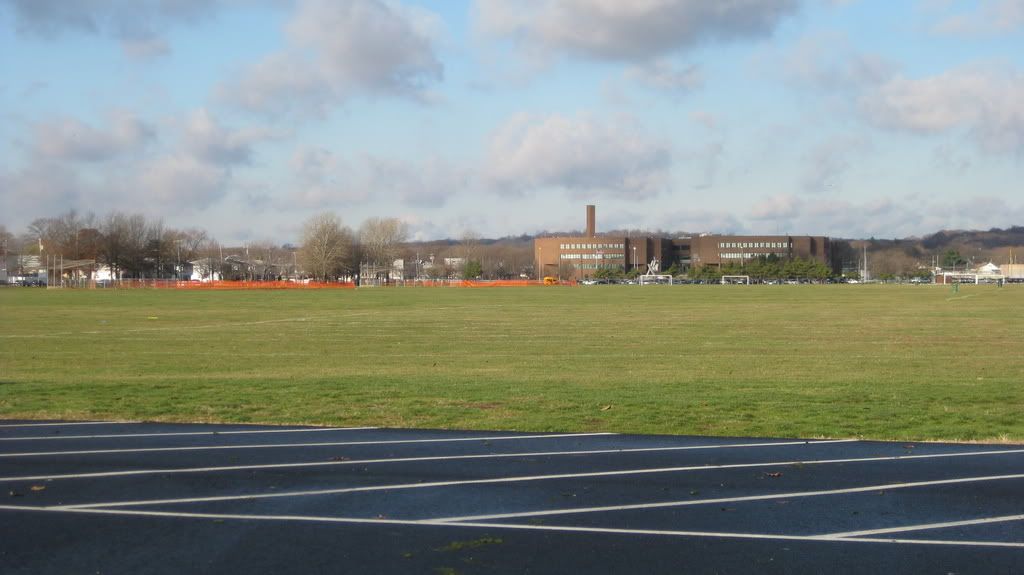
In 1960, Miller Field was the site of the deadliest commercial airline crash in the United States at the time. On the morning of December 16, 1960, Flight 826 of the United Airlines left the Chicago O'Hare Airport with seventy-seven passengers and seven crew members, intending to arrive at the Idlewild International Airport in Queens, New York, which is now known as the John F. Kennedy International Airport. That same morning, Flight 266 of the Trans World Airlines left Ohio's Dayton International Airport with thirty-nine passengers and five crew members, intent on arriving at another airport in Queens, LaGuardia Airport. After shortening its path, Flight 826 collided with Flight 266 in the air, west of Miller Field. Flight 266 crashed onto Miller Field, while Flight 826 crashed into Park Slope, Brooklyn. The collision killed all of the crew and passengers of both airplanes, along with six people on the ground, save one passenger, Stephen Baltz, who had been on the flight that had departed the Chicago O'Hare Airport. Sadly, Baltz died of pneumonia twenty-six hours after the crash. Altogether, 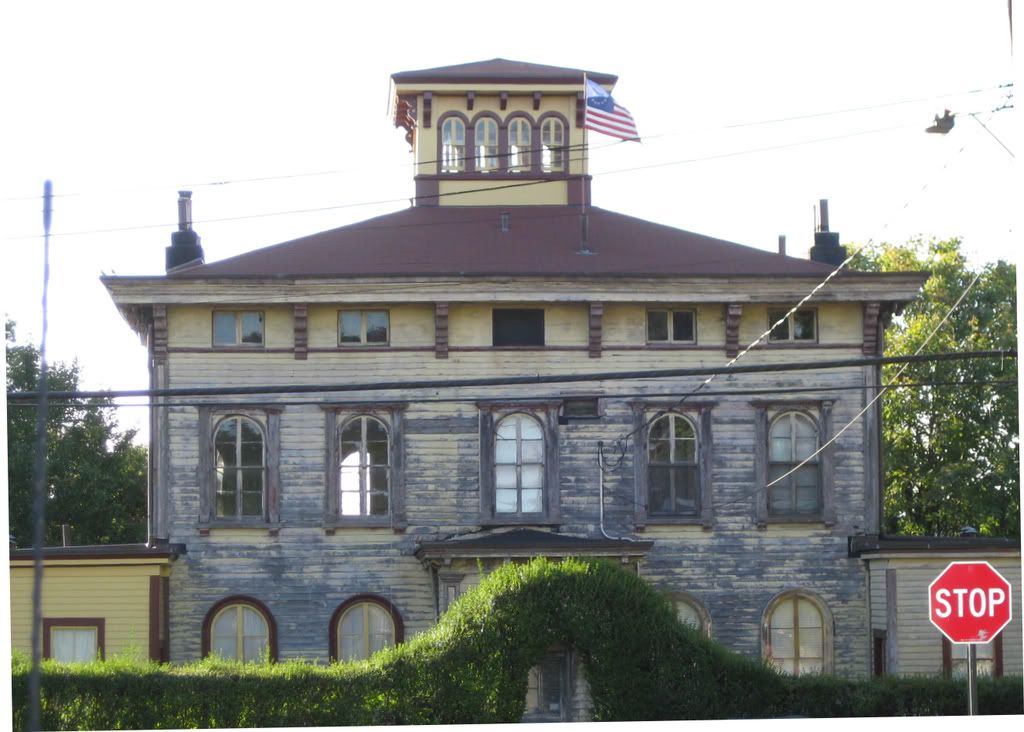 the 1960 disaster killed 134 people.
the 1960 disaster killed 134 people.
In 1740, the New Dorp Moravian Cemetery, which is located at 2205 Richmond Road, opened. It is currently the largest cemetery on Staten Island. Thirteen years after the its opening, a church was built beside the cemetery. In 1885, Cornelius Vanderbilt, whose family was known for their philanthropy, donated land for the Moravian Church and Cemetery. A few decades later, his son donated four more acres and built a parsonage for the superintendent of the cemetery.
New Dorp was the center of activity during the American Revolution. Many of the soldiers who died in battle were buried in the Moravian Cemetery. In the graveyard area around the parsonage, you can find many old epitaphs. Some of the dates on the epitaphs predate the erection of the building, itself. In 1886, a mausoleum was constructed solely for the Vanderbilt family. The remains of seven descendants of Cornelius Vanderbilt are buried here.
The Lane Theater was possibly the most well-known landmark in the neighborhood of New Dorp. In 1922, the 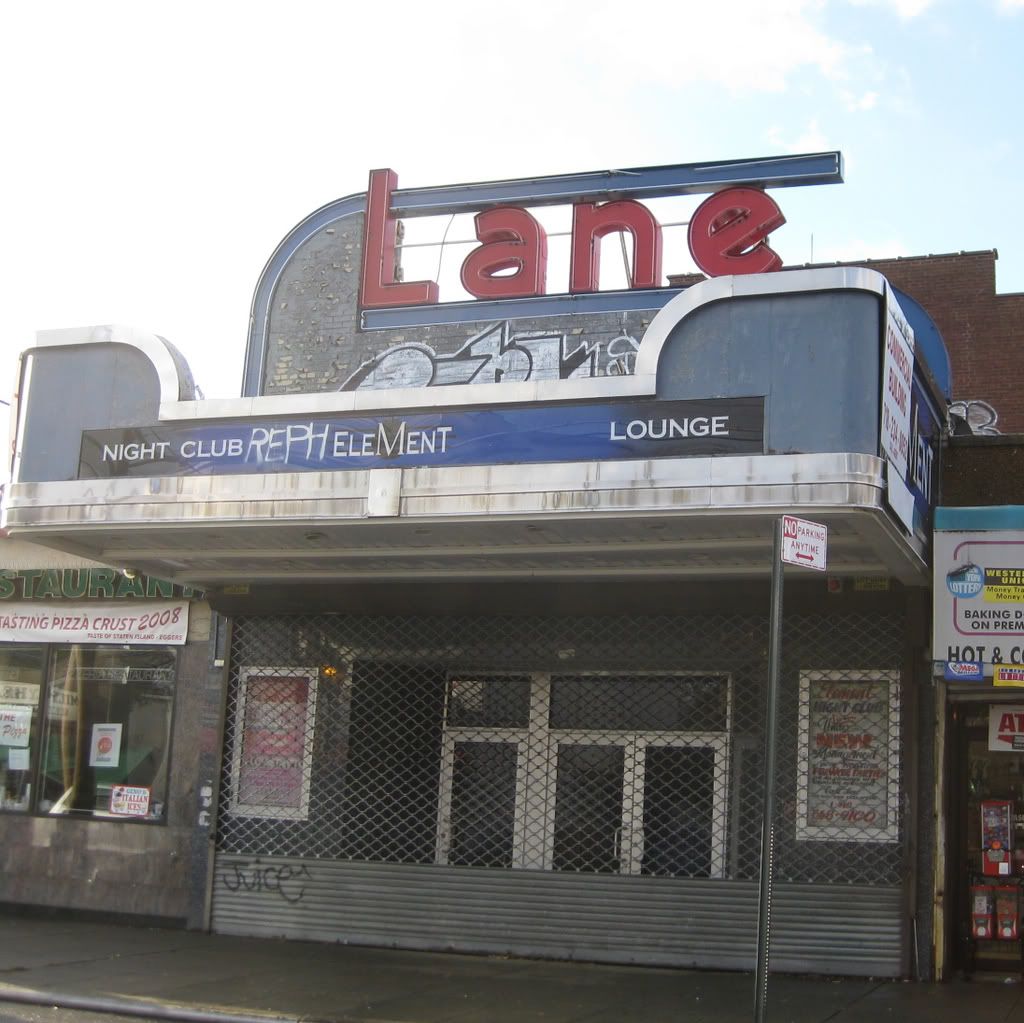 building had been used as the Majestic Theater. During the 1920's three brothers, Charles, Elias and Lewis Moses, began to erect a chain of theaters on Staten Island. On February 10, 1938, they opened the Art-Deco style Lane Theater at 168 New Dorp Lane, where the Majestic Theater once stood. This theater closed in 1989, one year before its first floor interior was designated as a New York City Landmark, which led to a decade of disrepair. By 2001, The EleMent, a nightclub which had occupied the space for less than a year, closed down. In 2009, another attempt was made to restore the building's glory. On November 13, 2009, Uncle Vinnie's Comedy Club opened where the Lane Theater once stood. The club, however, closed abruptly in April of 2011.
building had been used as the Majestic Theater. During the 1920's three brothers, Charles, Elias and Lewis Moses, began to erect a chain of theaters on Staten Island. On February 10, 1938, they opened the Art-Deco style Lane Theater at 168 New Dorp Lane, where the Majestic Theater once stood. This theater closed in 1989, one year before its first floor interior was designated as a New York City Landmark, which led to a decade of disrepair. By 2001, The EleMent, a nightclub which had occupied the space for less than a year, closed down. In 2009, another attempt was made to restore the building's glory. On November 13, 2009, Uncle Vinnie's Comedy Club opened where the Lane Theater once stood. The club, however, closed abruptly in April of 2011.
During the late 19th century, a New Dorp station was opened at New Dorp Lane and North Railroad Avenue, connecting it to the Staten Island Railway. There are two buses which make stops by the station: the s57 and the s76. The s57 travels from Port Richmond to New Dorp along Bradley Avenue and Rockland Avenue, while the s76 travels along Richmond Road to St. George and Oakwood. The s74, s78, and s79 also service the neighborhood of New Dorp. The s74 and s78 both travel to St. George and the Bricktown Mall; however, the s74 takes Richmond Road 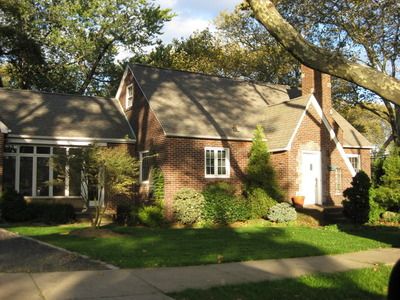 and the s78 takes Hylan Boulevard. The s79 also travels along Hylan Boulevard, but it goes to the Staten Island Mall and Bay Ridge, Brooklyn.
and the s78 takes Hylan Boulevard. The s79 also travels along Hylan Boulevard, but it goes to the Staten Island Mall and Bay Ridge, Brooklyn.
Most students in New Dorp are zoned for P.S. 41 at 216 Clawson Street and I.S. 2 at 333 Midland Avenue. They will then go on to one of the nearby high schools. You have Staten Island Technical High School at 485 Clawson Street, Richmondtown Preparatory High School at 2707 Hylan Boulevard, and New Dorp High School at 465 New Dorp Lane. About five minutes away from New Dorp High School is the New Dorp Branch of the New York Public Library at 309 New Dorp Lane. In addition, there are a few other private schools in the area. There is the Our Lady Queen of Peace Parish Elementary School at 22 Steele Avenue, the St. Margaret Mary at 1128 Olympia Boulevard, and the New Dorp Christian Academy at 2259 Rose Avenue.
For information on Staten Island real estate contact us at (718) 701-5626
